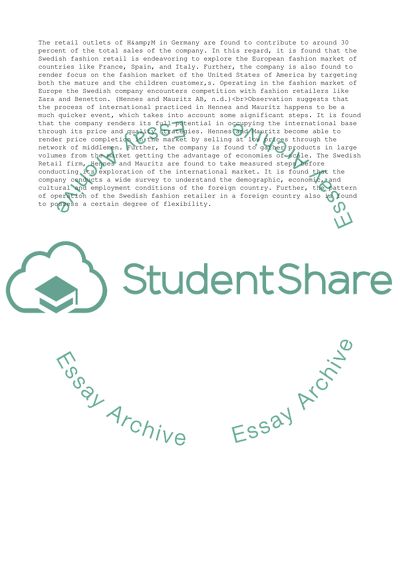Cite this document
(“Why and How Do Retailers Internationalize H&M Literature review”, n.d.)
Why and How Do Retailers Internationalize H&M Literature review. Retrieved from https://studentshare.org/business/1746042-why-and-how-do-retailers-internationalise-hm
Why and How Do Retailers Internationalize H&M Literature review. Retrieved from https://studentshare.org/business/1746042-why-and-how-do-retailers-internationalise-hm
(Why and How Do Retailers Internationalize H&M Literature Review)
Why and How Do Retailers Internationalize H&M Literature Review. https://studentshare.org/business/1746042-why-and-how-do-retailers-internationalise-hm.
Why and How Do Retailers Internationalize H&M Literature Review. https://studentshare.org/business/1746042-why-and-how-do-retailers-internationalise-hm.
“Why and How Do Retailers Internationalize H&M Literature Review”, n.d. https://studentshare.org/business/1746042-why-and-how-do-retailers-internationalise-hm.


